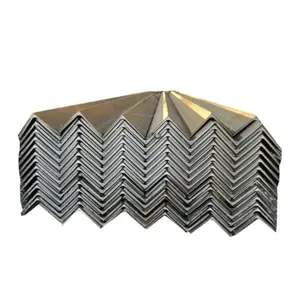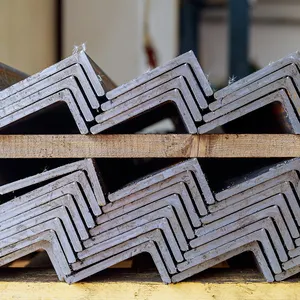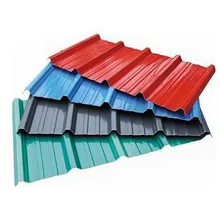Exploring the Versatility of the 2 Inch Angle Bar
The 2 inch angle bar is a fundamental component in the realm of construction and industrial applications. This product category is recognized for its structural integrity and adaptability. Predominantly utilized in construction, these bars serve as a sturdy framework for various structures.
Composition and Manufacturing
Constructed from diverse materials, the metal angle range includes stainless steel, carbon steel, and galvanized steel, known for its resistance to rust. The manufacturing processes—hot rolled, cold rolled, forged, and cold drawn—contribute to the durability and specific properties of the angle steel. The choice of non-alloy or alloy compositions allows for customization according to structural requirements and environmental conditions.
Design and Dimensions
The design of the angle iron is inherently geometric, forming an L-shape with two perpendicular extensions. These extensions can be symmetrical or asymmetrical, catering to varied architectural needs. The dimensions of these angle legs range broadly, with the availability of sizes from 25mm x 25mm up to 250mm x 250mm, and thickness variations from 2.5mm to 35mm. The standard lengths of these bars typically span from 6m to 12m, accommodating a wide range of construction projects.
Functional Diversity
The steel angle is a versatile player in the construction industry. Its applications are extensive, from supporting transmission towers to forming the backbone of shelving and roof structures. The structural steel angle is also pivotal in repair work, framework creation, and structural reinforcement. A specialized variant, the double ribbed 2 inch angle bar, is instrumental in supporting brick and mortar in door and window constructions, providing a secure recess for mortar bedding and enhancing the composite beam strength for brickwork support.
Customization and Adaptability
Customization options for the 2 inch angle bar are plentiful, with the possibility of perforated or non-perforated surfaces. Perforated bars are designed for bolted connections, while non-perforated bars are typically joined by welding, offering flexibility in construction techniques. Furthermore, these bars are available in various grades and standards, ensuring compatibility with international requirements and practices.
Conclusion
The 2 inch angle bar is a testament to the ingenuity of construction materials, providing strength, reliability, and adaptability. Its various forms and specifications cater to a multitude of structural needs, making it a staple in the industry. For those seeking a comprehensive selection of these bars, Alibaba.com serves as a gateway to a wide array of suppliers, each offering a diverse range of products to meet the demands of global buyers.
































 浙公网安备 33010002000092号
浙公网安备 33010002000092号 浙B2-20120091-4
浙B2-20120091-4